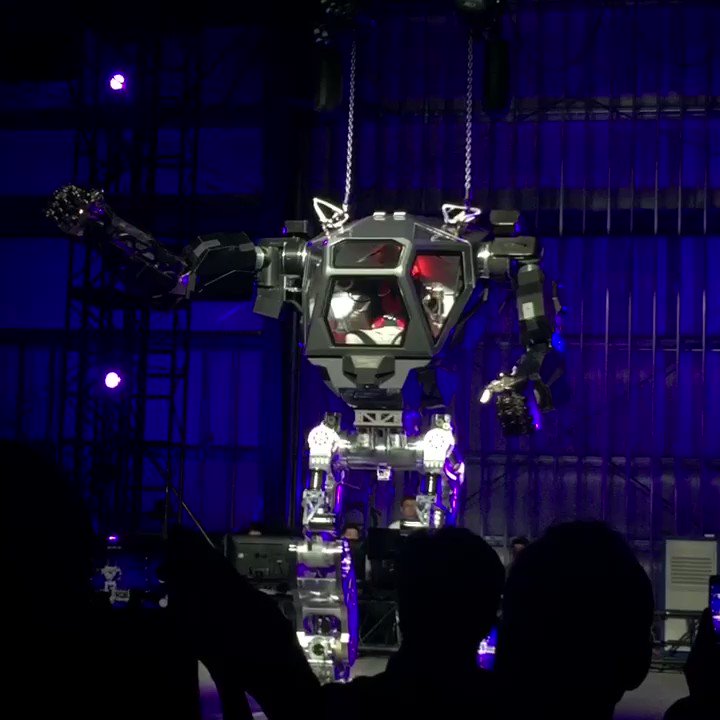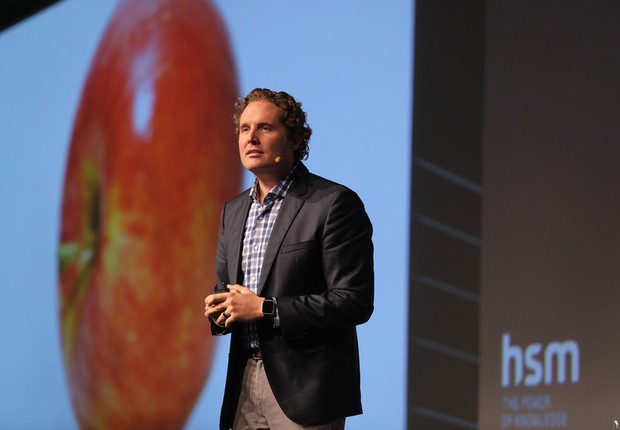

They range from the healing effect on veterans tending to patches in community gardens, witnessing the transformation of their plants, to the physical benefits of getting a student outside in a school garden while seeing the lessons of the classroom come to life in a burgeoning vegetable.ĭuring World War II, victory gardens were planted both in private residences and public parks to boost morale as much as food supply. Instead, we need a renewed appreciation of the myriad benefits of growing food in the city. That doesn’t mean the community garden has no true value the amount of calories it yields shouldn’t be the sole metric of its worth. Of course, we can’t expect a community garden to have the same production capacity as a conventional, massive monoculture farm or-wait for it-a multitiered, digitally integrated vertical farm. While I anticipate that eventually high-tech urban farming will account for at least 30 to 40 percent of an individual’s diet, the invaluable “product” of human-centered endeavors like farm stands and school and urban gardens lies in weaving communities together and building a foundation for food education. There are two major roles for urban agriculture: yes, the actual production of food intended to feed large numbers, but also the cumulative social benefit of cultivating what we eat. From where I’m standing, this is a dangerously shortsighted perspective. Harper takes us on a tour of his lab, which he envisions could be adapted for individual home use, shipping container-size for cafeterias and restaurants, and warehouses of “food data centers” capable of industrial-scale production.ĭetractors of urban farming often scramble to point out that the production potential of urban farms is so minimal as to be insignificant. Urban farming could not only feed future generations, but also create appealing clean-tech jobs for the waves of new “immigrants” that cities across the world will see in coming years. But the reintegration of farming into the city is beginning to close the circle. Since then, city life has parted ways with it entirely, as urbanites have become almost completely disconnected from their food sources. After all, the domestication of plants gave rise to the first human settlements-our original cities were literally rooted in agriculture. Those of us at the helm of agricultural innovation simply must tack into these winds of change-and I see the tremendous potential of the city as a sustainable solution. The UN estimates that by 2050, 6.5 billion people will be living in cities, nearly double what it is today. We’re also experiencing a dramatic move away from rural areas, our traditional growing centers. alone, only 2 percent of the population is involved in farming, with 60 percent of our farmers above the age of 58. Food and agriculture must too.” The need for an agricultural sea change was also tackled at the recent South by South Lawn, President Obama’s festival of art, ideas, and action (inspired by the innovative drive of Austin’s SXSW), where I was honored to present.Īs our global agricultural system buckles under its own weight, we’re losing our farmers and we’re not creating more. Little wonder that the theme for this year's World Food Day, which happens on Sunday, is “Climate is changing. In a warmer world, heavier floods, more intense droughts, and unpredictable, violent, and increasingly frequent storms could become a new normal.

Humanity’s impact on the environment has become undeniable and will continue to manifest itself in ways already familiar to us, except on a grander scale. The landscape of our food future appears bleak, if not apocalyptic.


 0 kommentar(er)
0 kommentar(er)
